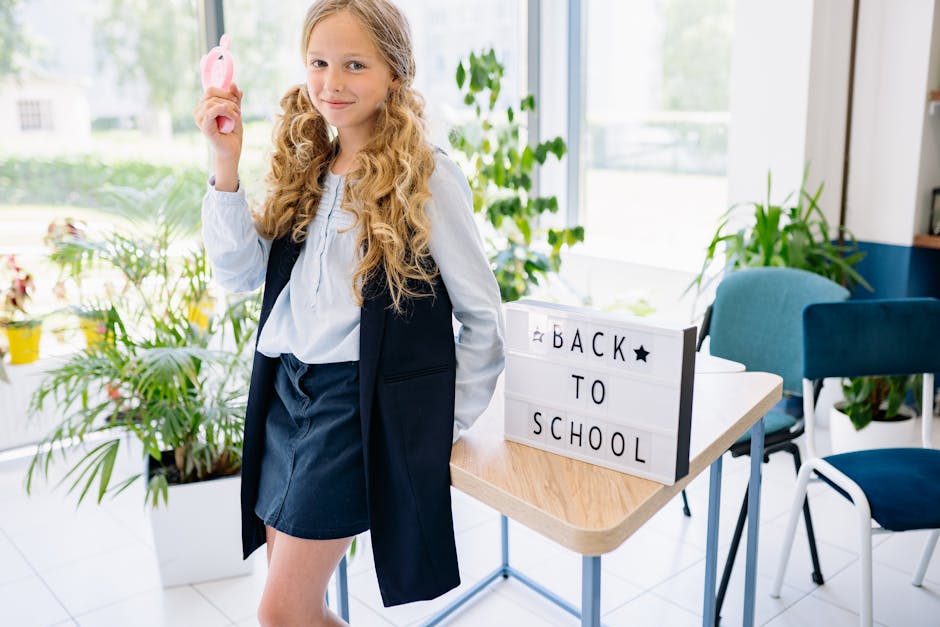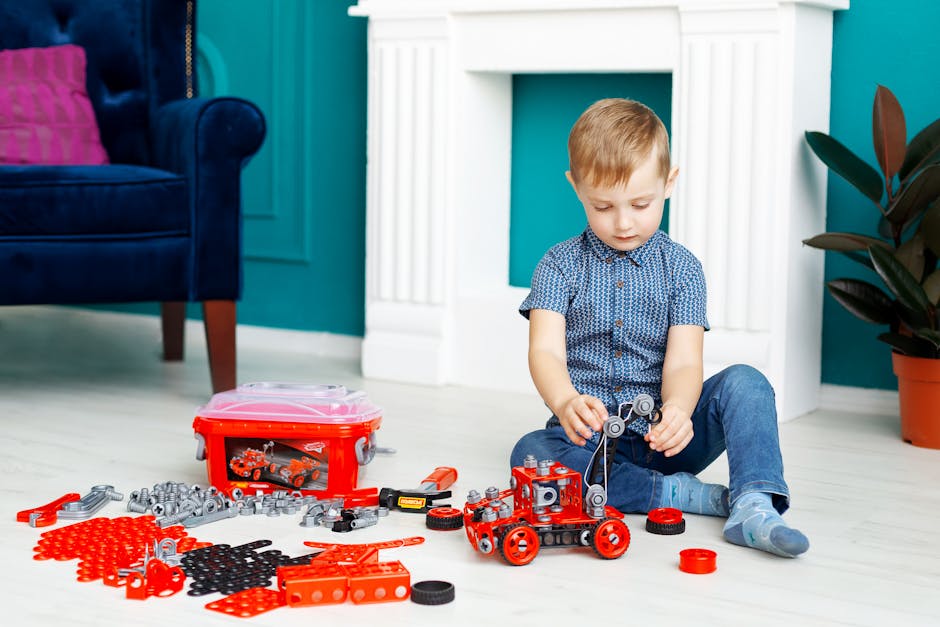Why Learning Styles Matter
Every child learns differently. That’s not an opinion—it’s how brains work. Some kids absorb new ideas best through movement, others through images or sounds. For parents and teachers, ignoring this is like trying to fix everything with a hammer. It’s not fair to the kid, and it’s not effective.
When a learning style clashes with how information is taught, the damage goes beyond bad grades. Kids start thinking they’re slow, or worse, not smart. Over time, that chips away at self-esteem and motivation, even when the real issue is just mismatched teaching. Recognizing how a child learns isn’t a luxury—it’s the first step in helping them succeed.
Forget cookie-cutter education. It doesn’t cut it anymore. The moment we start aligning teaching with how each child processes the world, everything changes. More confidence, better engagement, and yes—stronger academic results.
Auditory Learners
These are the kids who can repeat what you said word-for-word—and somehow remember lyrics before they’ve nailed the alphabet. Auditory learners take in the world through sound. They process best when they hear information rather than read or see it.
You might notice your child chatting their way through tasks, picking up on tone changes in others, or correcting your pronunciation without blinking. They usually enjoy discussions, group work, and verbal instructions over silent reading or written lists.
To support them? Keep it simple. Read instructions out loud. Let them talk it out, whether it’s spelling words or solving math problems. Use audiobooks, rhythm games, songs, and conversations to embed learning in a natural way. The trick is using their strength—sound—to make the message stick.
Other Learning Style Models Worth Considering
While the classic trio—visual, auditory, and kinesthetic—still holds weight, more nuanced frameworks give us a fuller picture of how kids process information.
The VARK model adds a fourth style: Reading/Writing. Some children thrive when they can absorb text, take notes, and reword concepts in their own language. They remember what they write, prefer instructions in clear text, and lean toward structured materials like lists, worksheets, or manuals.
Then there’s Howard Gardner’s theory of Multiple Intelligences. It’s not about being smart or not—it’s about the kind of smart. A child might be musically gifted, logically sharp, emotionally in tune with others, or deeply in touch with nature. Gardner expands the definition of intelligence, offering categories like musical, interpersonal, intrapersonal, bodily-kinesthetic, linguistic, logical-mathematical, spatial, and naturalistic. It’s less about “learning style” and more about recognizing diversity in strengths.
But here’s the key: most kids span more than one category. That’s not a glitch—it’s normal. Your child may zone in during rhythm-based songs (musical), love writing stories (linguistic), and need to move while they think (kinesthetic). No single framework can sum them up entirely.
So don’t stress about which box they fit in. Use these models as tools, not definitions. They can guide your parenting, spark ideas, and help you see how your child learns best. But they should never limit them—or you.
How Parents Can Support Their Child’s Style
Start by observing. Before slapping on a label like “visual learner” or “kinesthetic kid,” pay attention to how your child naturally engages with the world. What grabs their focus? What frustrates them? The answers aren’t always obvious, and rushing to define can box them in.
At home, rotate your tools. Flashcards one day, hands-on projects the next. Read-alouds in the car, drawing while listening to facts. Blending techniques not only helps you spot patterns—it also keeps learning fresh and prevents burnout.
Don’t go it alone. If something works or crashes at home, loop in your child’s teacher. Share what you’ve noticed and ask what they see in the classroom. That collaboration smooths out the gaps between home and school and helps create a more seamless support system.
Finally, lean into strengths—but don’t ignore the rest. If your child thrives with movement, great. But still let them practice sitting still and listening. If visuals light them up, perfect. They still need to process spoken words. Modern learning doesn’t reward one mode—it demands some fluency in all of them.
Learn more educational strategies and parenting insights at MomSmartHub
Final Takeaway
Understanding how your child learns isn’t just helpful—it’s a kind of parenting superpower. Recognizing their learning style gives you a map. It doesn’t put them in a box, it opens doors. You’re not limiting them by observing their preferences; you’re giving them a path tailored to how they naturally absorb and work with new information.
This doesn’t mean sticking to one method or becoming rigid. Kids grow. Styles shift. What works today might need adjusting six months from now. The goal isn’t to master a formula—it’s to stay flexible and present. Mix it up. Try new tools. Pay attention to their feedback, even the nonverbal kind.
In the end, supporting your child’s learning isn’t about being perfect—it’s about being tuned in. Help them work smarter, not harder. Trust the process. And remember: the effort you put into understanding how they learn now lays the groundwork for how they’ll learn for life.


